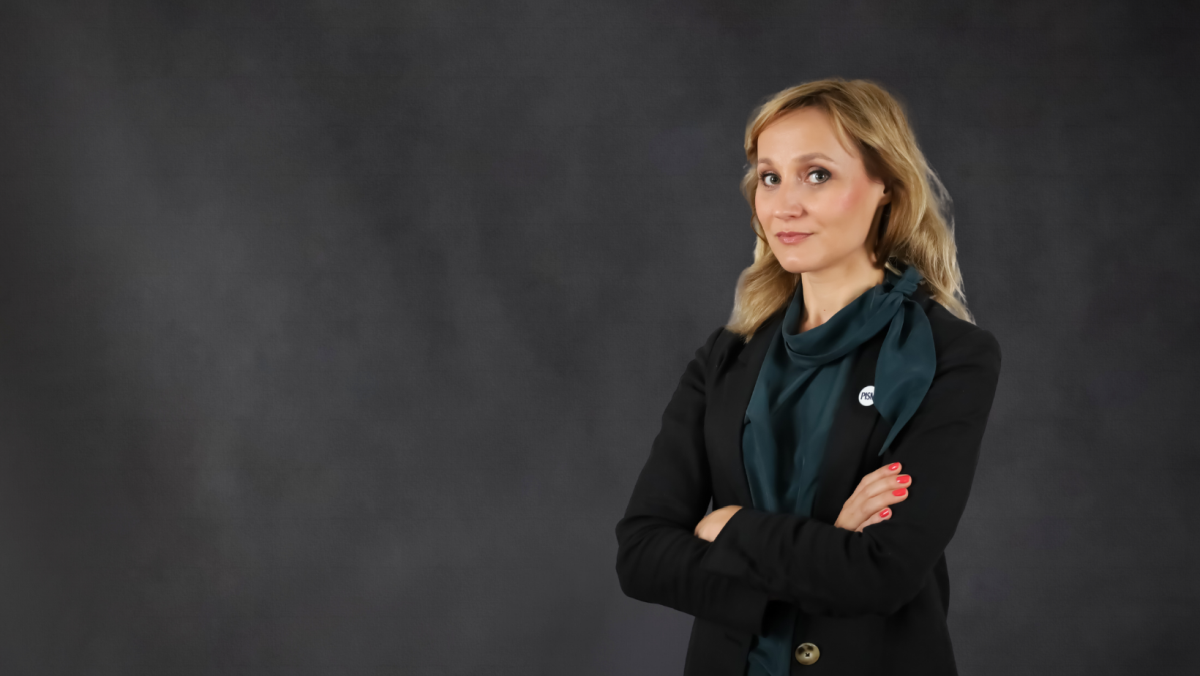
How does the Commission intend to reform the EU’s asylum system?
The starting point is to separate foreigners who have the right for protection from those who have no right to stay in the EU. Under the new solidarity mechanism, Member States will be able to choose to relocate people with a clear need for protection (while receiving financial assistance from the EU) or another form of support. The main one will be the financing of the return of migrants without the right to asylum (the operation should be carried out within eight months). One relocation is to be equivalent to one return. In the event of a migration crisis, the return time will be reduced to four months. Any state that fails to complete the operation within this period will be obliged to admit the migrant to its territory. The new mechanism is to replace the so-called the Dublin system, which proved ineffective in the wake of the 2015 crisis
What are the European Commission’s plans for border protection?
The stage preceding the launch of the asylum or return procedure—carried out at the EU’s external borders—will be pre-screening of all foreigners arriving in the EU without permission and those rescued at sea. In addition to identification and registration in the Eurodac system, it will include health and security checks. In January 2021, a European Border and Coast Guard standing corps will be deployed to support countries with border protection. The naval operation Irini, fighting human trafficking, will also continue. By 2023, the IT systems for migration management are to be fully operational. After consultations of the Schengen Forum, the EC also plans to present a comprehensive strategy on the future of the zone.
How does the Commission want to support legal migration?
By the end of this year, the EC wants to complete work on reform of the EU Blue Card Directive, which is to attract highly qualified workers to the EU, and, at the end of next year, it will present a package for skills and talents. The package will include revision of the Long-Term Residents Directive, which will shorten the time for granting the status from five to three years, and the Single Application Directive, which will simplify procedures for medium- and low-skilled workers. It will also initiate the creation of an EU Talent Pool to match non-EU workers to employers’ needs. To facilitate the integration of immigrants, the Commission will present an EU action plan on this matter for 2021-24 at the end of this year.
What hurdles do the EC’s plans face?
Returns as an inherent part of the new migration-management system may prove to be a problem. Currently, only around 30% of return decisions in the EU result in the return of migrants. And although the EC declares its support for countries choosing this form of participation in the system, e.g., the possibility of involving Frontex, it will most likely not reduce their fears of being able to cope with the task. All the more so if, as a result of the unsuccessful operation, irregular migrants remain on the territory of a sponsoring state. Humanitarian organisations also may have reservations about treating returns as a remedy for migration problems. Moreover, the introduction of rapid pre-screening at borders raises the risk of errors and, at the same time, concerns about limiting the right of migrants to obtain international protection.
What does the EC’s proposal mean for Poland and the V4?
Poland, together with its partners from the Visegrad Group, criticised relocation from the very beginning, promoting alternative forms of solidarity, including, in particular, supporting the frontline states in protecting their borders. The EC proposal partially responds to these demands. The first reactions of the V4 states to the EC’s draft, however, are cautious. Only the Hungarian authorities were directly critical of it. In the V4, doubts may arise primarily about the possibility—in emergency situations—of the compulsory relocation of people who were not returned. Details of the EC’s proposal were the subject of a meeting of V4 leaders with Commission President Ursula von der Leyen in Brussels. The meeting was initiated by Polish Prime Minister Mateusz Morawiecki under the V4 presidency.




